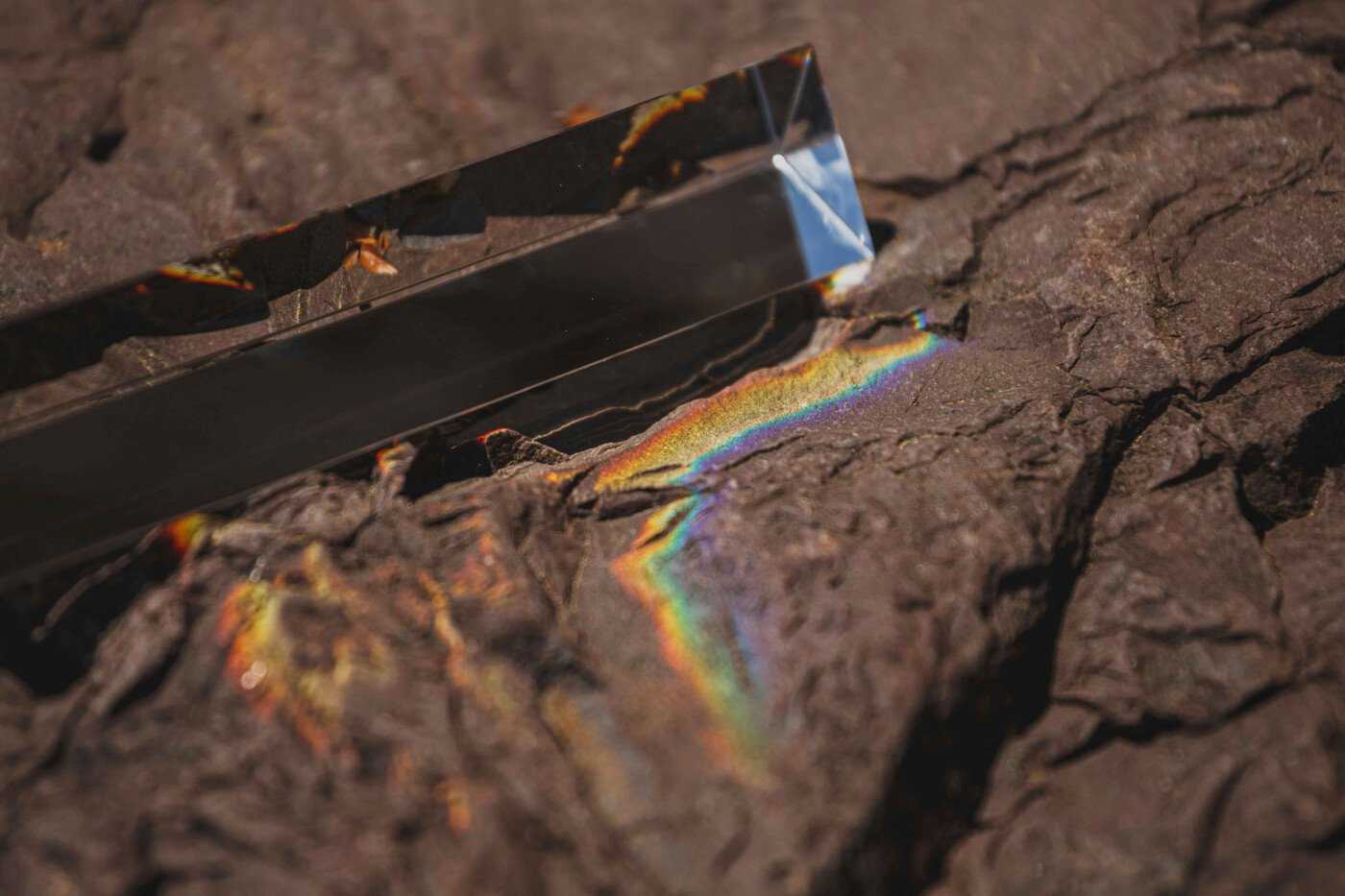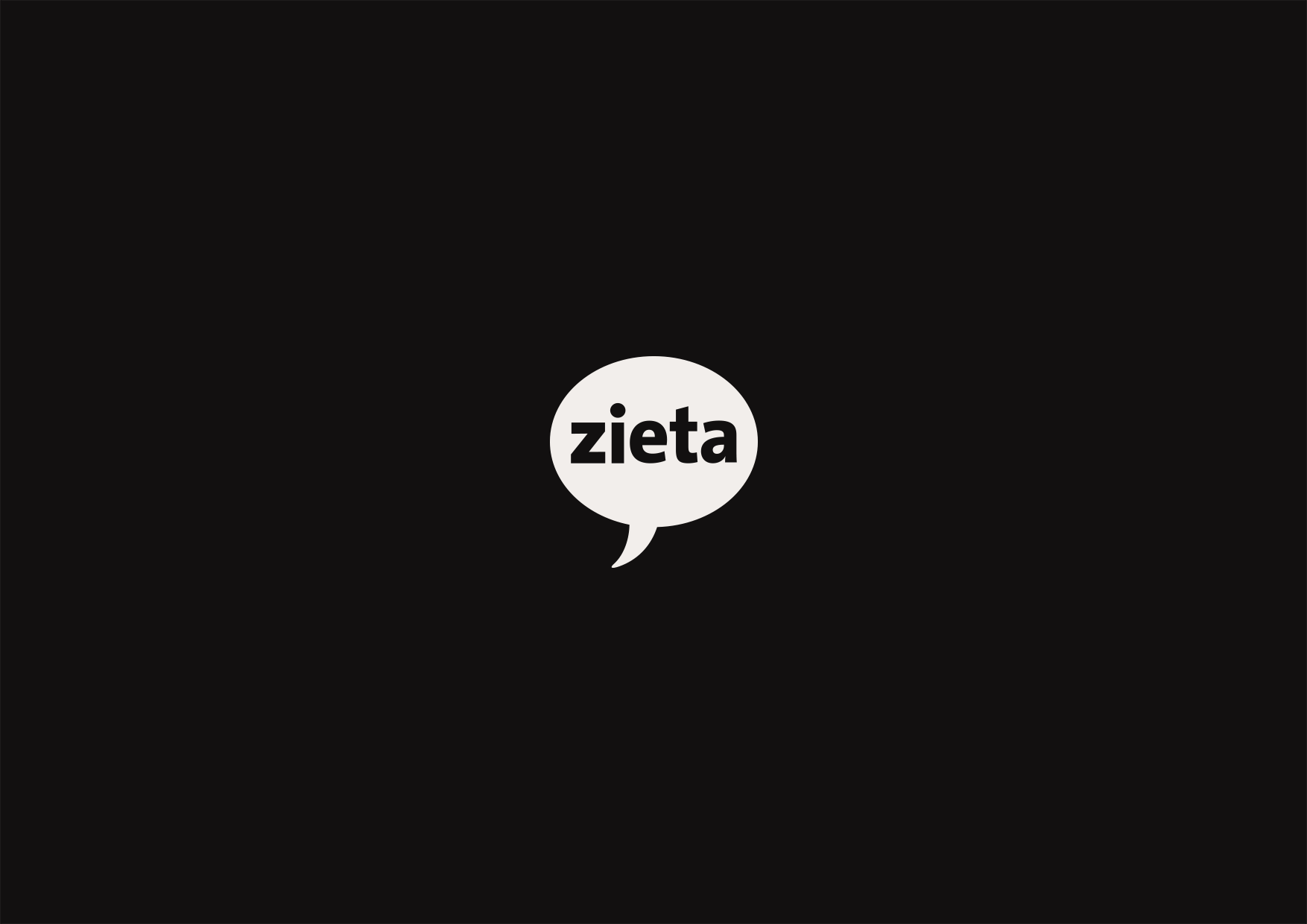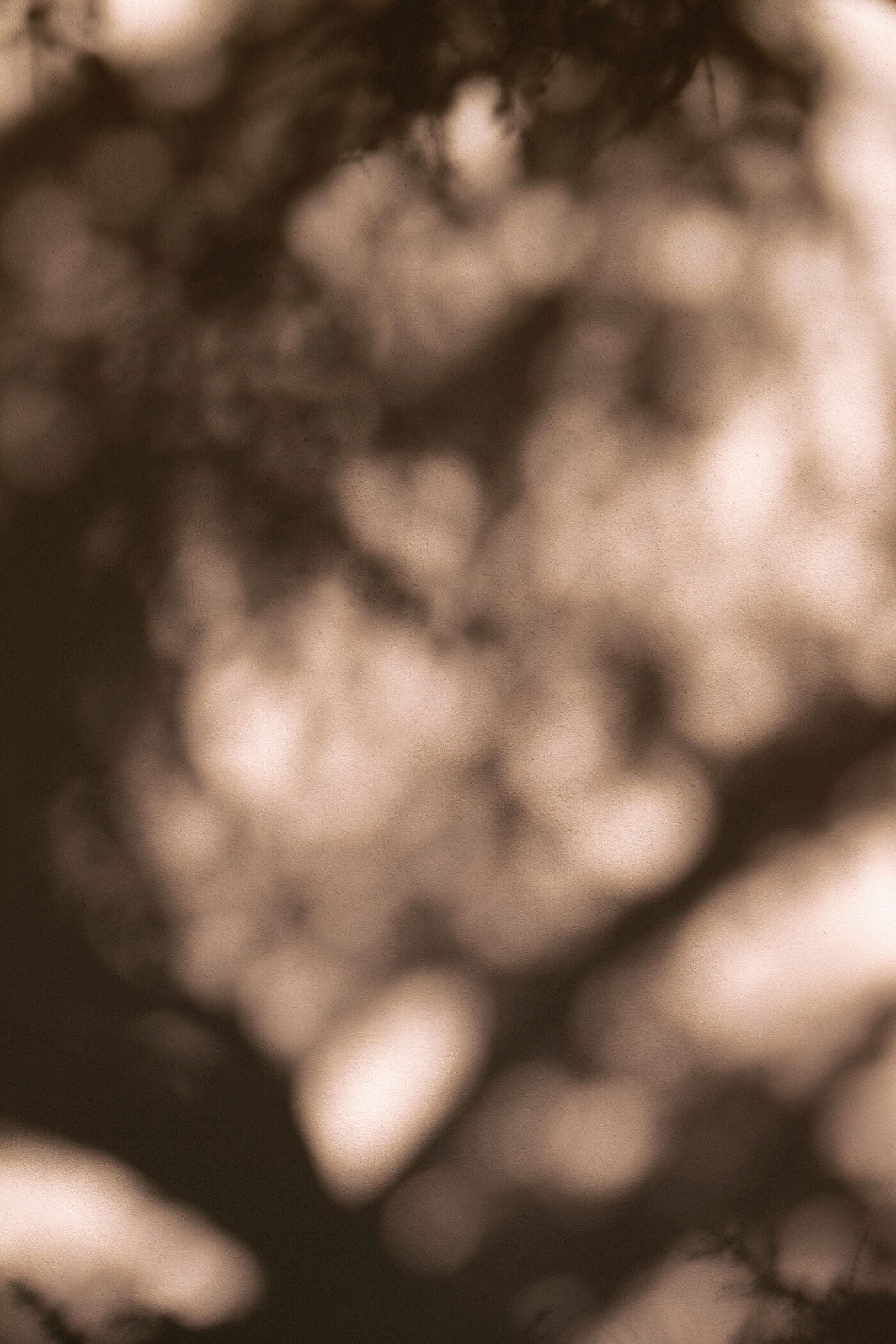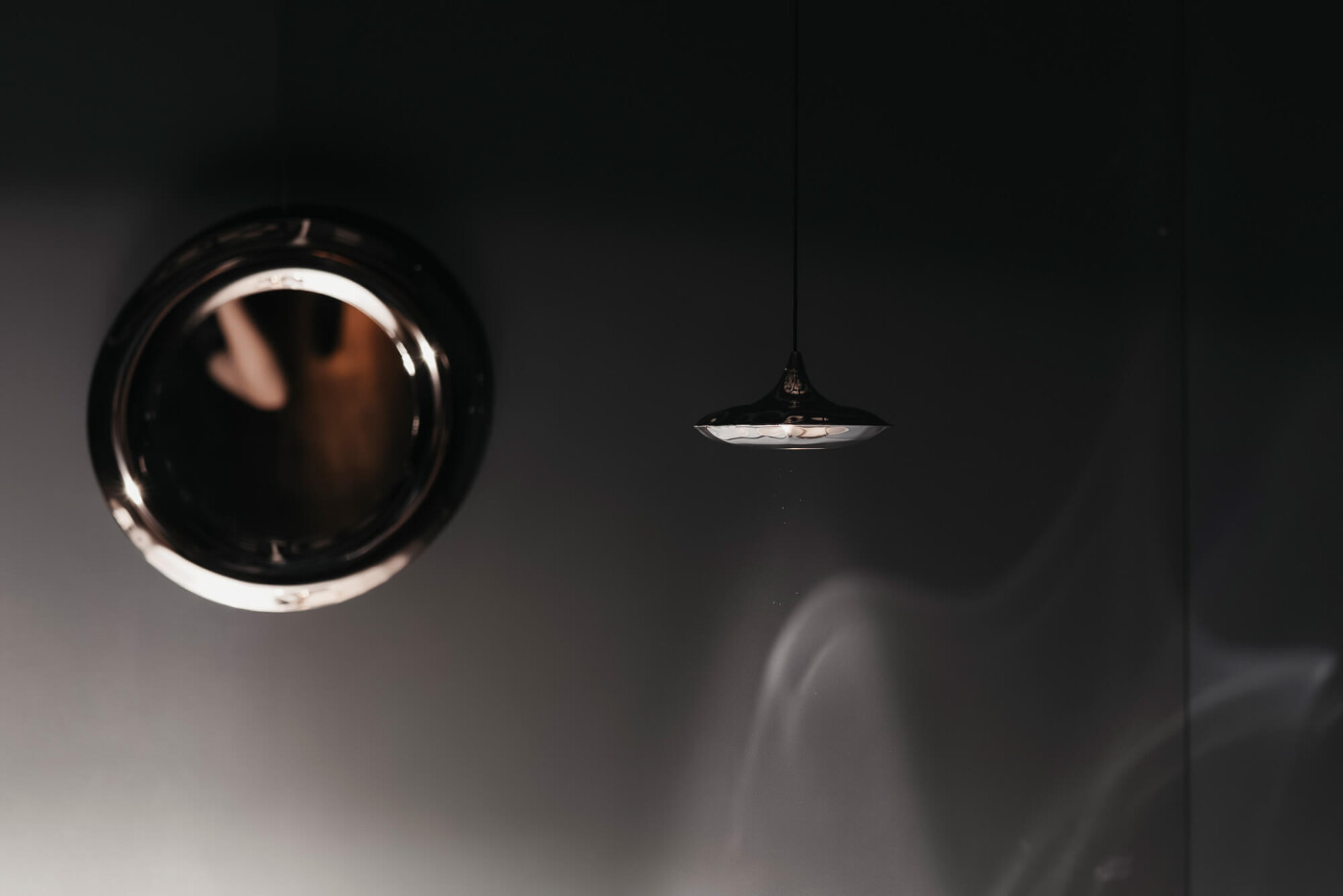

photo: Well Studio

photo: Aubree Herrick
Studying waves
-large.jpg)
The dominion of light
-large.jpg)
photo: Weronika Trojanowska

-large.jpg)
photo: Weronika Trojanowska

Designing light

photo: Julia Leus
Read more about the Zieta Lighting >>>


photo: Jakub Musialski



